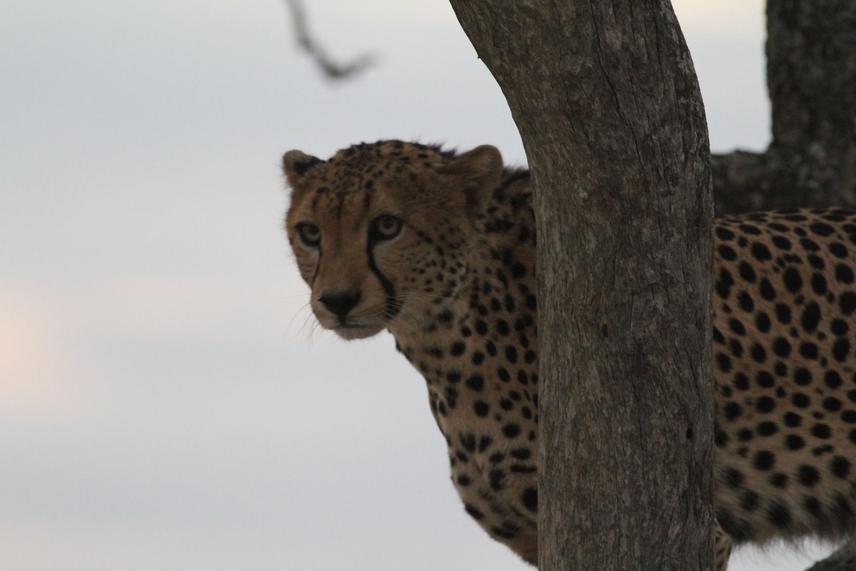Nancy Juma
Other projects
3 Dec 2018
Establishing Cheetah Positive Landscapes of Coexistence in Athi Kapiti Plains through Focal Communities Support
Involve local communities in a viable ecological function that reverse decline and improve cheetah-human co-existence, status of cheetah population and habitats through Training Awareness Learning and Knowledge (TALK).

Listed as vulnerable by IUCN, Acinonyx jubatus is critiaclly endangered in Kenya with a decrease in population of only 23% in their historical resident in which two thirds falls on the unprotected areas and hence the greatest threat to their survival has been human beings (Janzen1983; Laurence & Cochrane 2002), especially in pastoral community areas which have been a stronghold for cheetahs such as the Athi Kapiti plains. The unfenced southern part of Nairobi National Park (NNP) acts as migratory corridor of wildlife and enables cheetah from existing the park and to prey on the livestock and causing increased conflicts in the past years. Villagers who see few or no direct benefits from cheetah presence has continued with retaliatory killings thus threatenening cheetah existence in the region. On the other hand competitions from bigger cats (lion and hyena) drive cheetah’s population into isolation and refuge with high probability of local extinction. (Hanski1994; Wikramanayake et al. 1998), there is now an acute need for successful conflict mitigation to ensure the future existence of cheetahs in and outside NPP.
Our project is designed to conduct Training Awareness Learning and Knowledge (TALK) that will promote the co-existence between cheetah and pastoralists communities under three key components:
i) obtain information about its occurrence, diversity and conflicts with local communities living around the protected national park by conducting baseline survey geared towards more functional system for monitoring the use of Athi Kapiti resources and cheetah species;
ii) carry out a successful awareness in order to transform locals attitude and behaviour towards cheetah and other wildlife since the solution lies with the local pastoralist communities and our project will be encouraging greater adaptability to local conditions through delegation and decentralisation;
iii) finally train key stakeholders in areas of importance such as sustainable resource use while promoting their co-existence with cheetah. The training will provide ample feedback relating to the needs, view- points, knowledge, ideals and fears of the pastoral communities.
These feedback's will help in our project analysis and engage in the strategic conservation programme to improve perspectives and to refine our tasks and goals. As a key component, capacity building will shape both scientific and local knowledge in a powerful new way that shall be focused towards integrating cheetah conservation issues besides prevailing economic benefits of the pastoral communities.